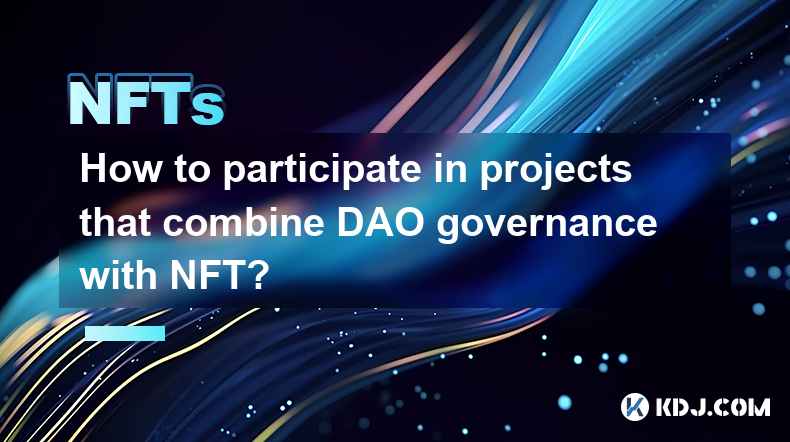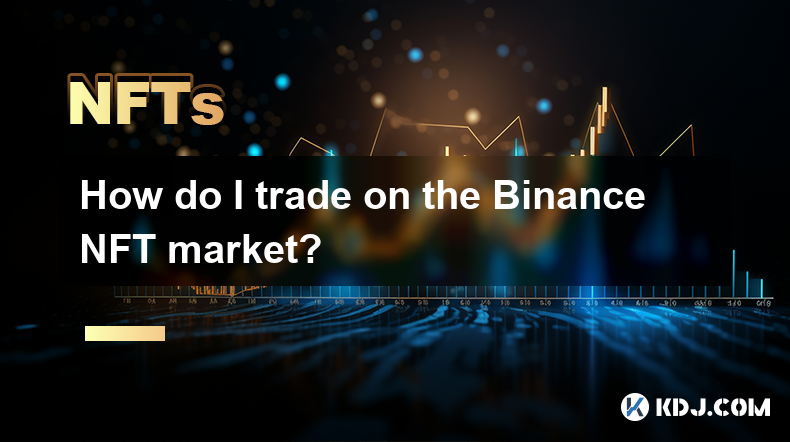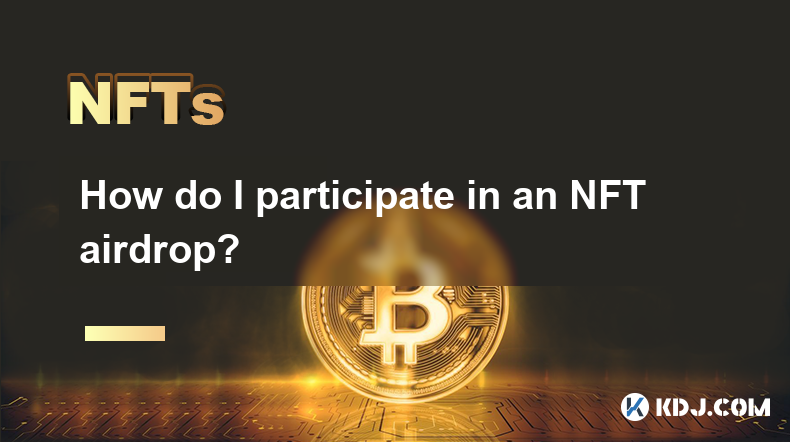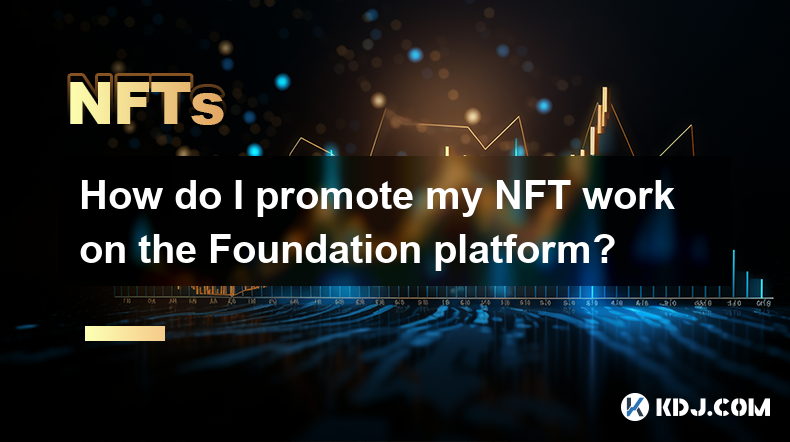-
 Bitcoin
Bitcoin $84,273.6654
0.48% -
 Ethereum
Ethereum $1,591.6041
-0.39% -
 Tether USDt
Tether USDt $0.9999
0.01% -
 XRP
XRP $2.0772
-0.53% -
 BNB
BNB $582.9923
0.00% -
 Solana
Solana $131.3050
3.50% -
 USDC
USDC $0.9998
-0.01% -
 TRON
TRON $0.2442
-3.08% -
 Dogecoin
Dogecoin $0.1558
0.14% -
 Cardano
Cardano $0.6133
-0.11% -
 UNUS SED LEO
UNUS SED LEO $9.4336
0.73% -
 Chainlink
Chainlink $12.3982
0.40% -
 Avalanche
Avalanche $18.9295
0.00% -
 Toncoin
Toncoin $2.9320
0.69% -
 Stellar
Stellar $0.2354
-0.71% -
 Shiba Inu
Shiba Inu $0.0...01183
0.74% -
 Sui
Sui $2.0586
-2.01% -
 Hedera
Hedera $0.1572
-0.73% -
 Bitcoin Cash
Bitcoin Cash $327.2787
2.33% -
 Litecoin
Litecoin $74.4232
-2.24% -
 Polkadot
Polkadot $3.5611
0.20% -
 Dai
Dai $1.0000
0.00% -
 Hyperliquid
Hyperliquid $15.8796
4.04% -
 Bitget Token
Bitget Token $4.3286
1.55% -
 Ethena USDe
Ethena USDe $0.9992
0.00% -
 Pi
Pi $0.6119
-3.42% -
 Monero
Monero $218.6583
0.60% -
 Uniswap
Uniswap $5.1916
-0.99% -
 OKB
OKB $51.6711
-0.84% -
 Pepe
Pepe $0.0...07114
-0.61%
What is the liquidity pool of NFTs?
NFT liquidity pools enable decentralized trading of unique digital assets, using AMMs to provide instant liquidity and fair pricing, despite challenges like impermanent loss.
Apr 08, 2025 at 05:35 pm

The concept of liquidity pools has become increasingly popular within the cryptocurrency and decentralized finance (DeFi) ecosystems. While traditionally associated with token swaps, the idea has extended to the realm of Non-Fungible Tokens (NFTs). Liquidity pools for NFTs are mechanisms that facilitate the trading and exchange of these unique digital assets in a decentralized manner. This article delves into the intricacies of NFT liquidity pools, exploring their structure, functionality, and significance within the crypto space.
Understanding Liquidity Pools
Liquidity pools are fundamental components of decentralized exchanges (DEXs). They are pools of tokens locked in a smart contract that facilitate trading without the need for traditional market makers. In the context of NFTs, a liquidity pool consists of a collection of NFTs and a corresponding amount of a fungible token, often a stablecoin or the native token of the blockchain on which the NFTs reside. This setup allows users to trade NFTs directly from the pool, ensuring there is always liquidity available for transactions.
How NFT Liquidity Pools Work
The operation of an NFT liquidity pool involves several key steps and components. When users deposit their NFTs into the pool, they receive liquidity provider (LP) tokens in return. These LP tokens represent their share of the pool and can be redeemed for the NFTs and tokens they contributed. The value of the LP tokens fluctuates based on the demand and supply dynamics within the pool.
To facilitate trades, the pool uses an automated market maker (AMM) algorithm. This algorithm determines the price of NFTs based on the ratio of NFTs to the fungible tokens in the pool. When a user wants to buy an NFT, they deposit the required amount of the fungible token into the pool, and the smart contract automatically transfers the NFT to their wallet. Conversely, when a user wants to sell an NFT, they deposit it into the pool and receive the corresponding amount of the fungible token.
Benefits of NFT Liquidity Pools
NFT liquidity pools offer several advantages to both traders and liquidity providers. For traders, these pools provide instant access to a diverse range of NFTs without the need to wait for a buyer or seller. This enhances the efficiency and speed of transactions. Additionally, the use of AMMs ensures that prices are determined fairly and transparently, reducing the risk of manipulation.
For liquidity providers, participating in NFT liquidity pools can be a lucrative opportunity. By contributing their NFTs and tokens to the pool, they earn a portion of the trading fees generated from transactions within the pool. This passive income stream can be attractive, especially in a market where NFT trading volumes are high.
Challenges and Considerations
Despite their benefits, NFT liquidity pools are not without challenges. One significant issue is the risk of impermanent loss, which occurs when the value of the assets in the pool fluctuates. Liquidity providers may find that the value of their LP tokens is less than the value of the assets they initially contributed. This risk is particularly pronounced in the volatile NFT market.
Another challenge is the complexity of valuing NFTs. Unlike fungible tokens, each NFT is unique, making it difficult to determine a fair price. The AMM algorithms used in liquidity pools must be sophisticated enough to handle these valuation complexities, which can be a technical challenge.
Examples of NFT Liquidity Pools
Several platforms have implemented NFT liquidity pools, each with its unique approach. NFTX is one such platform that allows users to create and manage their own NFT liquidity pools. Users can deposit their NFTs into a pool and receive pool tokens, which can be traded on secondary markets. Uniswap V3 has also introduced support for NFT trading through its liquidity pools, leveraging its established infrastructure to facilitate NFT swaps.
Sudoswap is another example, focusing specifically on NFT liquidity pools. It allows users to create pools for specific NFT collections, enabling more targeted trading and liquidity provision. These platforms demonstrate the versatility and potential of NFT liquidity pools in enhancing the NFT trading ecosystem.
Technical Implementation of NFT Liquidity Pools
The technical implementation of NFT liquidity pools involves several key components and processes. Smart contracts play a crucial role in managing the pool's operations. These contracts handle the deposit and withdrawal of NFTs and tokens, the calculation of prices, and the distribution of trading fees.
- Create a smart contract: Developers must write a smart contract that defines the rules and logic of the liquidity pool. This includes functions for depositing and withdrawing assets, calculating prices, and distributing fees.
- Deploy the smart contract: Once the smart contract is written, it must be deployed on the blockchain. This involves paying gas fees and ensuring the contract is properly initialized.
- Add liquidity: Users can then add their NFTs and tokens to the pool by interacting with the smart contract. The contract mints LP tokens to represent their share of the pool.
- Trade NFTs: Traders can buy and sell NFTs through the pool by depositing the required tokens or NFTs. The smart contract automatically executes these trades based on the AMM algorithm.
- Withdraw liquidity: Liquidity providers can withdraw their assets by burning their LP tokens. The smart contract calculates the amount of NFTs and tokens they are entitled to based on the current state of the pool.
The Role of AMMs in NFT Liquidity Pools
Automated Market Makers (AMMs) are essential for the functioning of NFT liquidity pools. AMMs use mathematical formulas to determine the price of NFTs based on the assets in the pool. The most common formula used is the constant product formula, where the product of the number of NFTs and the number of tokens in the pool remains constant.
- Constant product formula: This formula ensures that the price of NFTs adjusts dynamically based on the ratio of NFTs to tokens in the pool. When a user buys an NFT, the number of NFTs in the pool decreases, and the number of tokens increases, causing the price of NFTs to rise.
- Price impact: The price impact of a trade is determined by the size of the trade relative to the total liquidity in the pool. Larger trades have a more significant impact on the price, which can affect the cost of trading.
- Slippage: Slippage occurs when the executed price of a trade differs from the expected price due to changes in the pool's composition. Traders must be aware of slippage and may need to adjust their trading strategies accordingly.
Frequently Asked Questions
Q: Can I create my own NFT liquidity pool?
A: Yes, platforms like NFTX and Sudoswap allow users to create their own NFT liquidity pools. You will need to follow the platform's specific guidelines and may need to pay a fee to create the pool.
Q: How do I calculate the potential returns from providing liquidity to an NFT pool?
A: The potential returns from providing liquidity depend on the trading volume and fees of the pool. You can estimate your returns by calculating your share of the pool and multiplying it by the total fees generated. However, you must also consider the risk of impermanent loss.
Q: Are there any risks associated with trading NFTs through liquidity pools?
A: Yes, trading NFTs through liquidity pools carries risks such as price volatility, slippage, and the potential for smart contract vulnerabilities. It's essential to understand these risks and conduct thorough research before participating in NFT liquidity pools.
Q: How do NFT liquidity pools differ from traditional NFT marketplaces?
A: NFT liquidity pools differ from traditional marketplaces in that they use AMMs to facilitate trading, providing instant liquidity and automated pricing. Traditional marketplaces rely on order books and may have longer wait times for transactions to be completed.
Disclaimer:info@kdj.com
The information provided is not trading advice. kdj.com does not assume any responsibility for any investments made based on the information provided in this article. Cryptocurrencies are highly volatile and it is highly recommended that you invest with caution after thorough research!
If you believe that the content used on this website infringes your copyright, please contact us immediately (info@kdj.com) and we will delete it promptly.
- Copper Partners with P2P.org to Enhance Its Digital Asset Collateral Management Solutions
- 2025-04-17 11:15:14
- Polkadot (DOT) is Attracting Attention Again as Traders Watch for Indications of a Price Turnaround
- 2025-04-17 11:15:14
- Bitcoin (BTC/USD) Miners Saw Mixed Performance in Early April: JP Morgan
- 2025-04-17 11:10:15
- Ardor (ARDR) Leads Crypto Market Surge of Mid- and Low-Cap Tokens
- 2025-04-17 11:10:15
- Crypto Prices Have Entered a Bear Market Phase
- 2025-04-17 11:10:13
- Crypto Giant DWF Labs Pours $25M into Trump-Backed WLFI Tokens
- 2025-04-17 11:10:13
Related knowledge

How to combine traditional artworks with NFTs?
Apr 17,2025 at 12:35am
The integration of traditional artworks with Non-Fungible Tokens (NFTs) represents a fascinating intersection of art and technology, offering artists and collectors new ways to engage with and monetize art. This article will explore how traditional artworks can be combined with NFTs, providing a detailed guide on the process, benefits, and consideration...

How to make music or video files into NFTs?
Apr 16,2025 at 10:29pm
Creating music or video files into Non-Fungible Tokens (NFTs) has become an increasingly popular way for artists and creators to monetize their work directly. This process involves converting your digital content into a unique token on a blockchain, which can then be bought, sold, or traded. Here’s a detailed guide on how to transform your music or vide...

How to participate in projects that combine DAO governance with NFT?
Apr 17,2025 at 10:14am
Participating in projects that combine DAO governance with NFTs offers a unique opportunity to engage with decentralized communities and digital assets. These projects often involve voting on project decisions and owning unique digital tokens that can represent membership, access, or other benefits. Here's a detailed guide on how to participate in such ...

How do I trade on the Binance NFT market?
Apr 17,2025 at 03:08am
Trading on the Binance NFT market can be an exciting venture for those interested in the world of non-fungible tokens (NFTs). Binance, one of the leading cryptocurrency exchanges, offers a robust platform for buying, selling, and trading NFTs. This article will guide you through the process of trading on the Binance NFT market, covering everything from ...

How do I participate in an NFT airdrop?
Apr 17,2025 at 02:22am
Participating in an NFT airdrop can be an exciting way to acquire unique digital assets without any direct cost. To help you navigate this process, we'll walk you through the essential steps and considerations for successfully participating in an NFT airdrop. Understanding NFT AirdropsNFT airdrops are events where a project distributes free NFTs to a sp...

How do I promote my NFT work on the Foundation platform?
Apr 17,2025 at 08:29am
Promoting your NFT work on the Foundation platform can be a rewarding endeavor, but it requires a strategic approach to ensure your creations get the attention they deserve. In this article, we will explore various methods to effectively promote your NFT work on Foundation, covering everything from optimizing your profile to engaging with the community....

How to combine traditional artworks with NFTs?
Apr 17,2025 at 12:35am
The integration of traditional artworks with Non-Fungible Tokens (NFTs) represents a fascinating intersection of art and technology, offering artists and collectors new ways to engage with and monetize art. This article will explore how traditional artworks can be combined with NFTs, providing a detailed guide on the process, benefits, and consideration...

How to make music or video files into NFTs?
Apr 16,2025 at 10:29pm
Creating music or video files into Non-Fungible Tokens (NFTs) has become an increasingly popular way for artists and creators to monetize their work directly. This process involves converting your digital content into a unique token on a blockchain, which can then be bought, sold, or traded. Here’s a detailed guide on how to transform your music or vide...

How to participate in projects that combine DAO governance with NFT?
Apr 17,2025 at 10:14am
Participating in projects that combine DAO governance with NFTs offers a unique opportunity to engage with decentralized communities and digital assets. These projects often involve voting on project decisions and owning unique digital tokens that can represent membership, access, or other benefits. Here's a detailed guide on how to participate in such ...

How do I trade on the Binance NFT market?
Apr 17,2025 at 03:08am
Trading on the Binance NFT market can be an exciting venture for those interested in the world of non-fungible tokens (NFTs). Binance, one of the leading cryptocurrency exchanges, offers a robust platform for buying, selling, and trading NFTs. This article will guide you through the process of trading on the Binance NFT market, covering everything from ...

How do I participate in an NFT airdrop?
Apr 17,2025 at 02:22am
Participating in an NFT airdrop can be an exciting way to acquire unique digital assets without any direct cost. To help you navigate this process, we'll walk you through the essential steps and considerations for successfully participating in an NFT airdrop. Understanding NFT AirdropsNFT airdrops are events where a project distributes free NFTs to a sp...

How do I promote my NFT work on the Foundation platform?
Apr 17,2025 at 08:29am
Promoting your NFT work on the Foundation platform can be a rewarding endeavor, but it requires a strategic approach to ensure your creations get the attention they deserve. In this article, we will explore various methods to effectively promote your NFT work on Foundation, covering everything from optimizing your profile to engaging with the community....
See all articles























































































